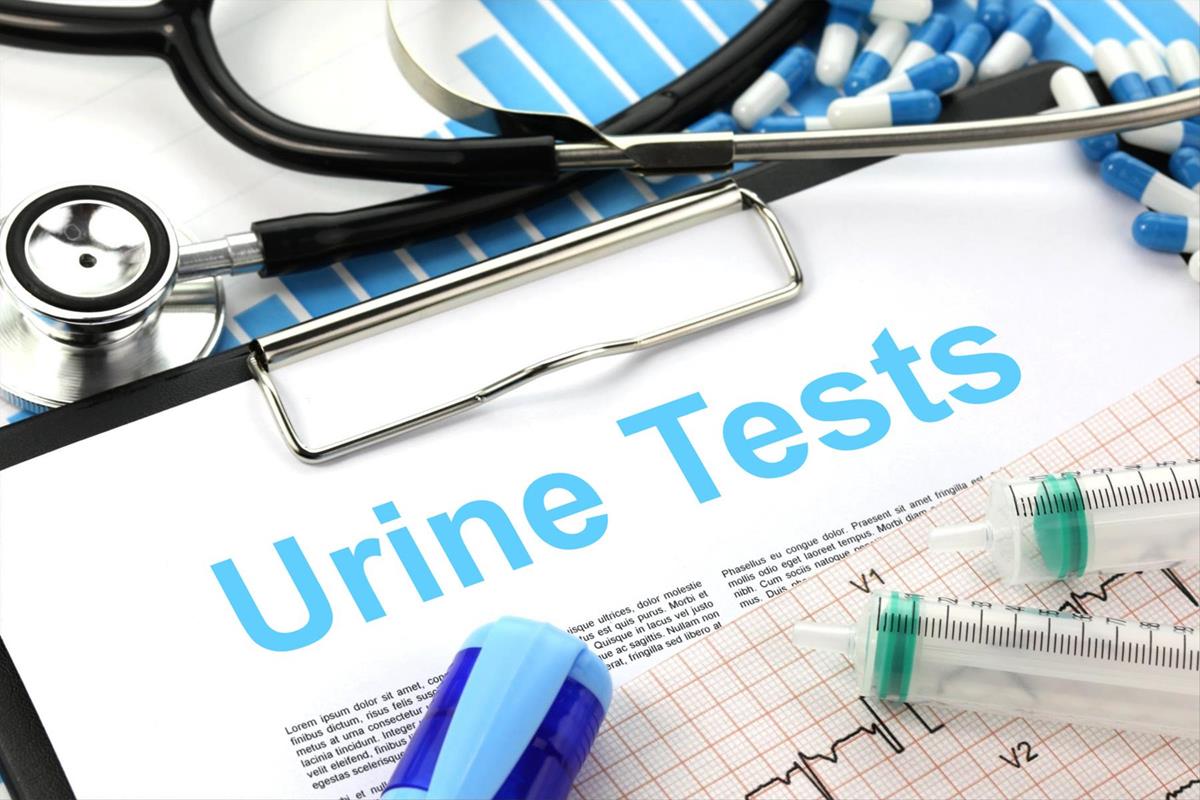A funny thing happens when you use actual numbers.
NYU doctors recently submitted a survey of 215 pregnancies reporting for birth to their hospital. Their take: “High” levels of asymptomatic pregnant people are ticking time bombs. But let’s define “High,” shall we?
Four pregnant women who tested positive for COVID-19 had fevers out of 215 screened. Three asymptomatic patients tested positive for COVID-19 but ended up with fevers before discharge. Two of those women were treated for a suspected uterus infection. This infection type impacts at the minimum 7% of all pregnancies, but up to 71% of c-sections. The authors write:
Two of these patients received antibiotics for presumed endomyometritis (although 1 patient did not have localizing symptoms), and 1 patient was presumed to be febrile due to Covid-19 and received supportive care.
(emphasis added)
Maybe I’m old-school, but this bothers me. Of the 3 asymptomatic patients who tested positive, all 3 could have had a variety of other things going on but were still labeled COVID-related.
One Way to Read These Numbers
If we look at the raw numbers then, I’d give weight to the symptomatic pregnant patients who were COVID-19 positive and didn’t have a confirmed (or suspected) underlying issue. That means 4 of 215, or 1.8%, of cases were symptomatic and positive. Not dead, mind you. They just had a fever.
29 other women (remember, within 3 days you’re going to have 3 of these women get suspected into COVID-19-related illness) could carry the virus in their nose without batting an eye. That means they have healthy immune systems and are preparing their bodies with antibodies to protect their babies.
But that’s not what’s reported, is it?
However the authors highlight a different conclusion.
…more than one of eight asymptomatic patients who were admitted to the labor and delivery unit were positive for SARS-CoV-2. … (This) underscores the risk of Covid-19 among asymptomatic obstetrical patients. Moreover, the true prevalence of infection may be underreported because of false negative results of tests to detect SARS-CoV-2.
This is how well meaning, educated people can come to different conclusions given the same set of data. From the screencap above, you can see how the study morphed into clickbait. Where I see hope for strong systems, they see boogeymen pushing baby buggies. The authors admit to geographical limitations of their data, but I’d like to also offer small sample size as a bias. Why? Because my favorite little public health experiment has reached it’s conclusion.
Florida’s likely incidence: 1%
I’ve reported on the UF Public Health study in The Villages multiple times (at 600 and at 1400) Among a high-risk population (median age 70) in Florida, the researchers found a very different level of COVID-19 infection. Now at 3680 tests, overall just 1% (45 patients) tested positive for coronavirus. 42 of the 1580 symptomatic people tested positive. That means over 97% of the people who were coughing, sneezing, had fevers, or traveled to New York had some other reason for it than COVID-19. Of the remaining 2100 people who had no symptoms, 2 who had forgotten they’d traveled and 1 who was negative but became symptomatic and positive later, were in the boogeyman group. UF has become so clear that COVID-19 infection is low in the general senior Floridian population that they’ve suspended their study and started testing nursing homes.
Reconcile this for a moment. The fear is that if a bunch of pregnant women are walking around asymptomatic and COVID-19 positive, they are going to get at-risk people sick. But in the general population of at-risk people, 97% of them get sick with something that isn’t COVID-19. So is the reaction based on facts or feel-pinions?
I remain steadfast in my take-aways: Vitamin D, estrogen, and placentas are protective because they up-regulate ACE-2 enzymes. ACE-2 receptors are the cellular doorway COVID-19 uses to access a cell. The more friends you invite to your party, the harder it is for party crashers to get through the doorway. Get outside. Get active. Get adjusted. For goodness sake, when someone writes alarming percentages, ask to see the real numbers.
References
Dalton E, Castillo E. Post partum infections: A review for the non-OBGYN. Obstet Med. 2014;7(3):98–102. doi:10.1177/1753495X14522784
Sutton et al. Universal Screening for SARS-CoV-2 in Women Admitted for Delivery. NEJM April 13, 2020 doi: 10.1056/NEJMc2009316





